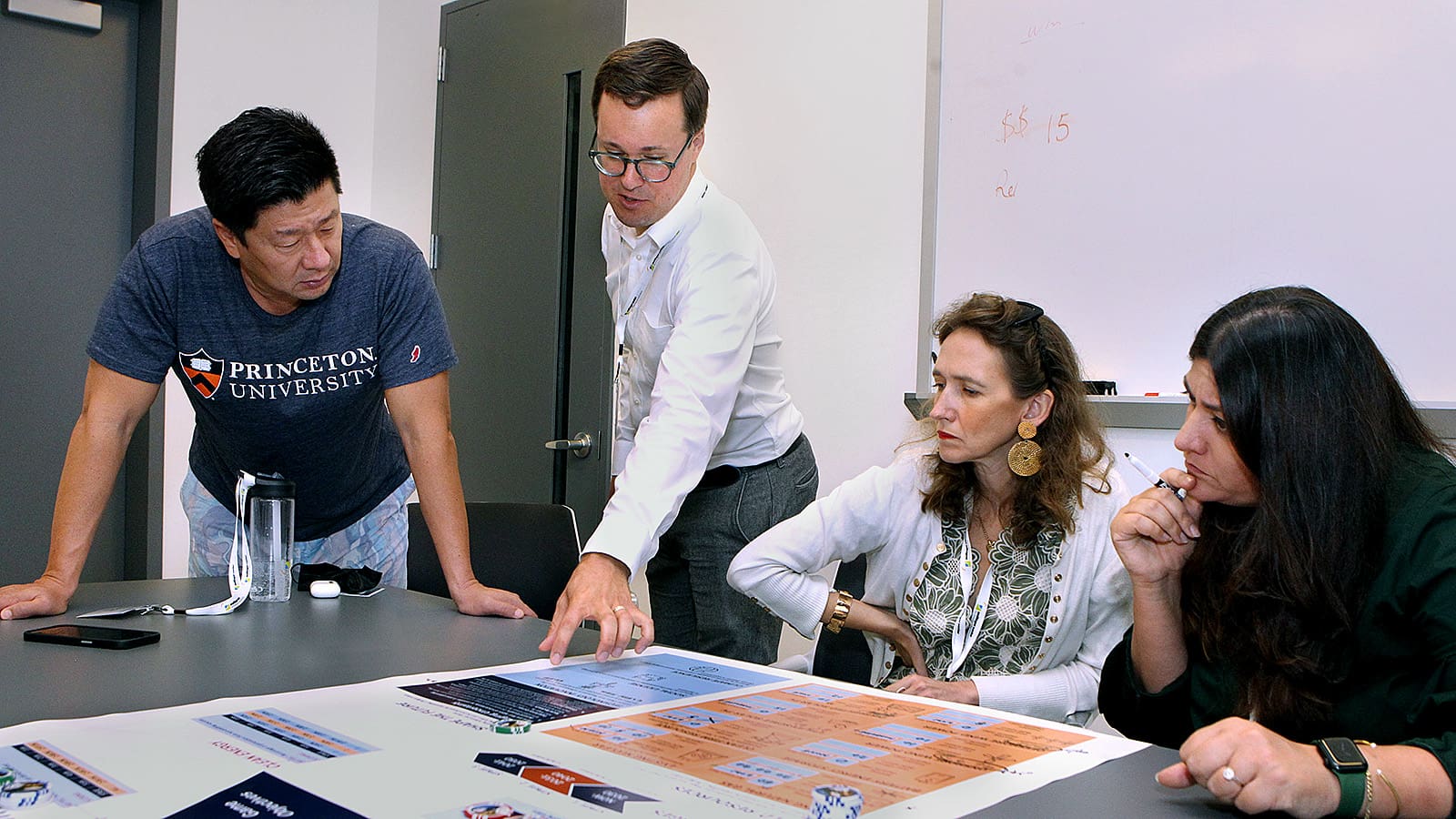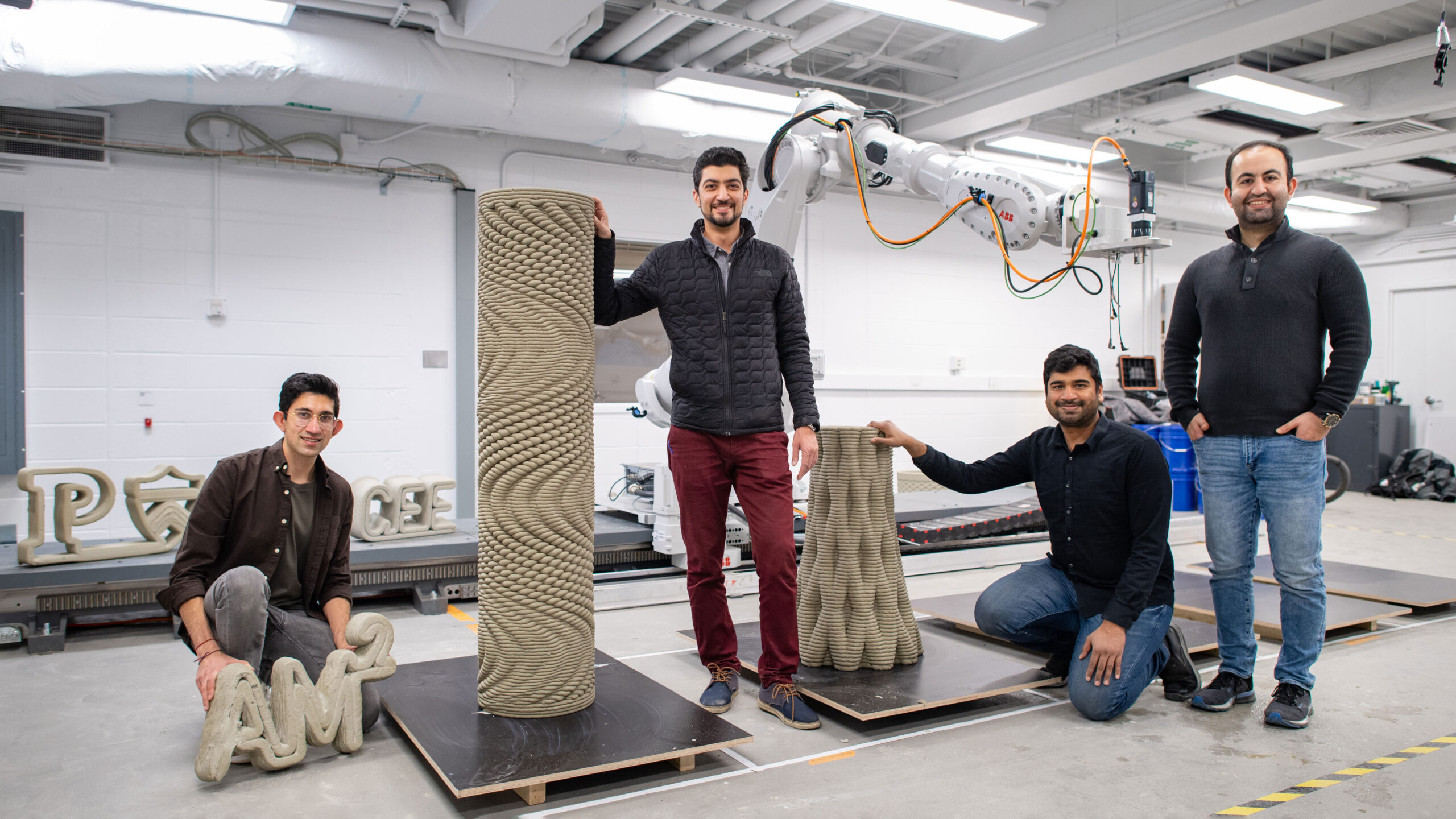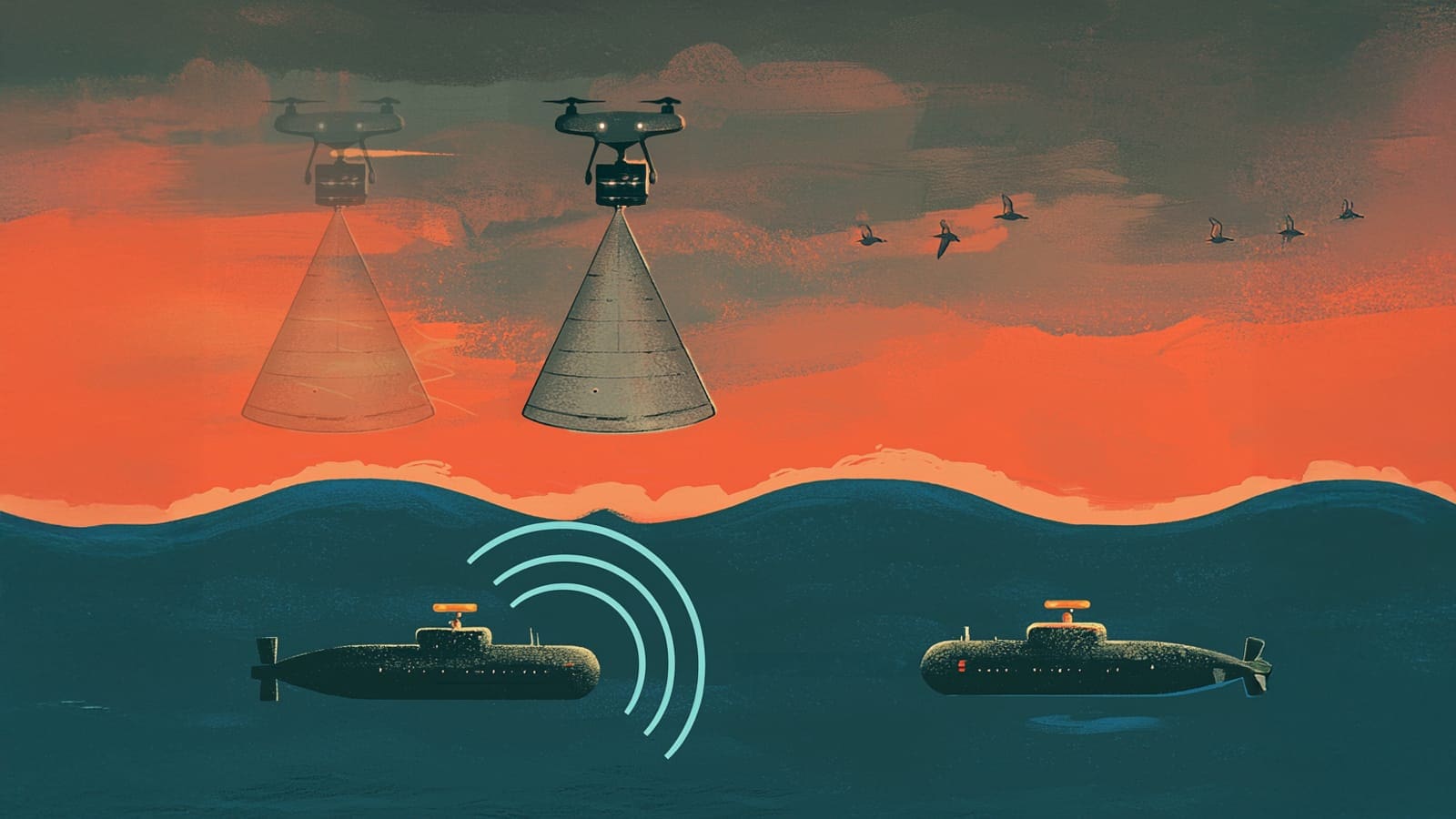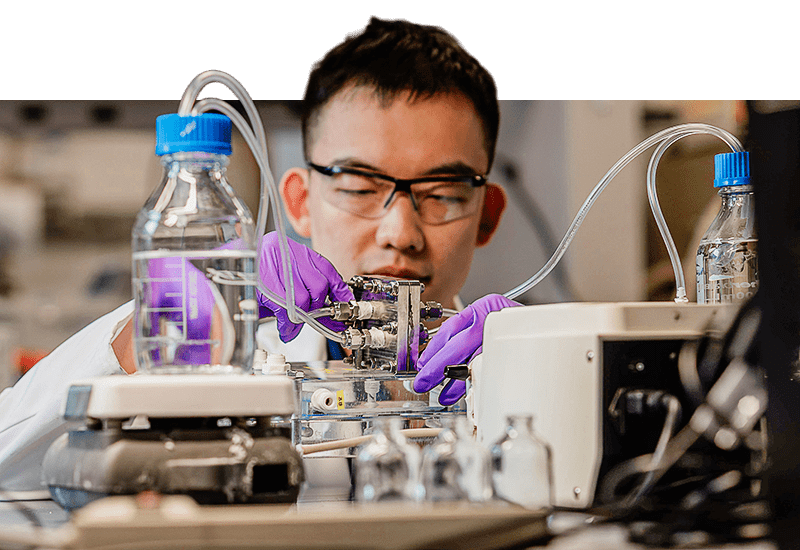Painless: Lasers allow non-invasive tests
By
Steven Schultz
on
src=”/wp-content/uploads/diagnosing-main-01.jpg” style=”width: 685px; height: 300px;
” title=”A very low-power infrared laser could measure blood sugar without the conventional
pinprick. Above, a plot of the light reflected from skin is one of many tests to demonstrate that the laser
penetrates deeply enough to monitor glucose.” />
What if a person with diabetes could measure blood sugar without a pinprick? What if a quick scan
of a person’s breath could reveal how their kidneys are doing or whether they have asthma?
These are the kinds of potential technologies that drew more than 100 business leaders, investors,
medical researchers, scientists and engineers to Princeton on Oct. 12 for a meeting that underscored how one
fundamental technology can spur multiple benefits for human health.
The meeting explored the medical applications of lasers and sensors tuned to operate with
mid-infrared light, a part of the spectrum that is particularly useful for detecting biologically relevant
molecules. It was the most recent Investment Focus Group workshop hosted by Mid-Infrared”>http://www.mirthecenter.org/”>Mid-Infrared
Technologies for Health and Environment (MIRTHE), a multi-institutional research center funded by
the http://www.nsf.gov/” target=”_blank”>National Science Foundation
and based at Princeton.
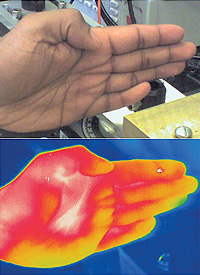 Behind the technologies is a device known
Behind the technologies is a device known
as a quantum cascade laser, which offers a compact, inexpensive and easy-to-use method for producing and
detecting mid-infrared light. Among the uses currently being developed is a device that scans a persons’
skin to reveal his or her blood glucose level — a project that is now supported by Princeton’s
Eric”>http://www.princeton.edu/research/dean/funding/eric-and-wendy-schmidt-tr… and
Wendy Schmidt Transformative Technology Fund. Compared to the current method of drawing and
testing a drop of blood, the innovation could provide much more control over diabetes.
Another area of research involves sensing nitric oxide or ammonia in a person’s breath.
Technology under development at Princeton could allow much more finely tuned detection of nitric oxide than
was previously possible, allowing a more fundamental understanding of the role of the gas in the body and in
disorders such as asthma. A similar scan for ammonia could give doctors critical information about the
kidneys. More precise and frequent monitoring of these conditions might allow reduced use of steroids or
dialysis, saving medical costs and avoiding potential complications.
Dr. http://my.clevelandclinic.org/staff_directory/staff_display.aspx?doctori…
target=”_blank”>Raed Dweik, a professor of medicine at the Cleveland Clinic, and a
collaborator with MIRTHE, said mid-infrared sensing has the potential to overcome the drawbacks of existing
technologies, which are either too bulky, require too much expertise or provide too little information to be
useful in day-to-day medicine. “I think it has great potential for moving breath sensing forward,”
he said.
The increasing understanding of quantum cascade lasers also is leading to their possible use in
laser surgery, because they could provide more controlled, less damaging incisions than conventional lasers.
Princeton engineers are helping develop surgical lasers that are currently being tested in experimental
corneal surgeries at Johns Hopkins University.
Claire”>http://www.princeton.edu/ee/people/display_person/?netid=cgmachl”>Claire
Gmachl, the Eugene Higgins Professor of Electrical”>http://www.princeton.edu/ee/”>Electrical
Engineering and director of the MIRTHE research center, said the technology and science have
matured dramatically since the center was created in 2006.
“The energy was quite amazing,” Gmachl said of the investment workshop. “To
see the technology grow and spread and be taken up by other people is very
gratifying.”

